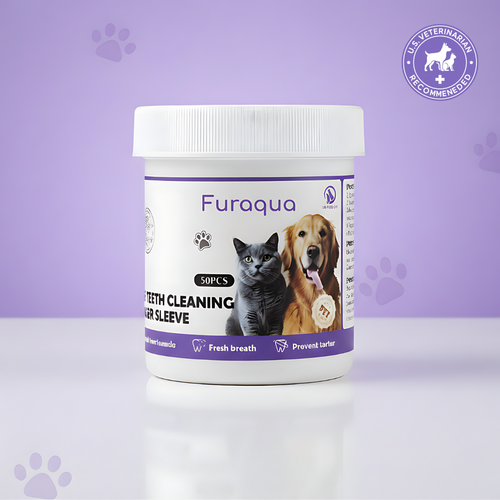Understanding common dental problems helps you catch issues early and prevent serious complications.
Periodontal Disease
The #1 dental problem in pets. It starts with plaque forming on teeth, hardening into tartar within 24-48 hours. This creates pockets between teeth and gums where bacteria multiply, leading to four progressive stages:
- Stage 1 - Gingivitis: Red, swollen gums with bad breath. Completely reversible with cleaning.
- Stage 2 - Early Periodontitis: Infection spreads below gumline. 10-25% bone loss visible on X-rays.
- Stage 3 - Moderate: Gums recede, teeth loosen. 25-50% bone loss. Permanent damage begins.
- Stage 4 - Advanced: Severe infection, tooth loss, bacteria affecting organs. Requires extractions.
Tooth Resorption (Especially Cats)
Affects 75% of cats over age 5. Teeth break down below the gumline, invisible without X-rays. Cats show pain by preferring soft food, chewing on one side, or stopping grooming.
Broken or Fractured Teeth
Common in dogs who chew hard objects (bones, antlers, hard toys). Exposes nerves and creates infection pathways. Avoid anything harder than your thumbnail can indent.
Gingivitis and Oral Infections
Inflammation of gums and mouth tissues causing severe pain. Symptoms include drooling, weight loss, and difficulty eating.




